- Have any questions?
- 080 2558 0771
- 080 2558 0772
- mail@beleastmail.com
Itinerary:
Day 1-2 : Rome, sightseeing and attractions
Arrive in the bustling Italian capital, Rome.This city exudes history, from its Catacombs that entombed early Christians, to the Colosseum where gladiators battled to the death, and on up to Palatine Hill – the traditional site of Rome’s founding. Located near the centre of the Italian peninsula on the Tiber River, it is both the capital of the Latium region and the country as a whole. Nicknamed the Eternal City, it is also home to the Pope, whose residence, Vatican City, is a sovereign state within the city of Rome.The city is enthralling, with perhaps more to see than any other place in the world. Eating in Italy is deeply embedded in the country’s culture, and dining in Rome consists of many courses, and can sometimes seem to last forever! In addition to the many and legendary cultural attractions, the city offers a vibrant nightlife – a fitting final destination on our journey through the best of France and Italy.Enjoy a true taste of Italy with a traditional Roman meal.
Day 3 : Naples & Pompeii
Start your day in Naples at the beautiful hilltop Museo Capodimonte home to southern Italy’s best collection of Renaissance paintings, including masterpieces by Raphael, Titian, Caravaggio and El Greco. Stepping onto Piazza Garibaldi you will be bombarded with street stalls and wild traffic, and to the south, the Mercato quarter is a high-octane spectacle of rough-and-ready markets and multiculturalism. Visit the Mercato di Porta Nolana market, one of the city’s best. Or stroll through La Pignasecca market, the city’s oldest street market and a multi sensory escapade. On to Pompeii – said to be Europe’s most compelling archaeological sites. A ruined city that was buried under volcanic ash thousands of years ago in AD 79, and has been beautifully restored from the 18th century, with works still going on today.
Day 4&5 : Florence, sightseeing and attractions – Pisa
Florence (Firenze in Italian), was founded in the 1st Century B.C., and personifies all that is beautiful in Italian civilization. It is the capital of the region of Tuscany, with a population of approximately half a million people. The fathers of Italian painting, Cimabue and Giotto lived here, along with innumerable other prominent artists. It is the birthplace of the Italian language (thanks to Dante Alighieri) and of Europe’s richest cultural period, Start with a drive up to Piazzale Michelangelo to admire wonderful panoramic views of Florence. Next, take a walking tour of the cathedral (exterior) in the old city centre, including Giotto’s bell tower, the Baptistery with its bronze doors and the famous cupola by Brunelleschi. A short walk brings you to the Accademia Gallery, that houses the statue of David by Michelangelo. No tour to Tuscany is complete without a visit to Pisa and the Field of Miracles to see the famous leaning tower.
Day 6&7 : Venice, sightseeing and attractions
On to Venice, famous for its numerous churches, its maze of canals and romantic floating gondolas. From Tronchetto, board a private water taxi to Venice, and take a walking tour to see St. Mark’s Square, the Bridge of Sighs and the Doges Palace. Visit one of the fine Venetian glass blowing factories where you will see richly coloured Venetian glass being made in to exquisite pieces of art. Enjoy a historical walking tour of Venice, with a modern Venetian’s eye view, through the backstreets and along the canals and learn all about the city’s remarkable past. Hang out in the gracefully spacious Piazza San Marco before visiting the Basilica, with its shimmering mosaics. Bask in the Bellinis and other Venetian master pieces at the marvelous Galleria dell’ Accademia.
Day 8 : Depart
Itinerary:
Day 1-2 : Rome, sightseeing and attractions
Arrive in the bustling Italian capital, Rome.This city exudes history, from its Catacombs that entombed early Christians, to the Colosseum where gladiators battled to the death, and on up to Palatine Hill – the traditional site of Rome’s founding. Located near the centre of the Italian peninsula on the Tiber River, it is both the capital of the Latium region and the country as a whole. Nicknamed the Eternal City, it is also home to the Pope, whose residence, Vatican City, is a sovereign state within the city of Rome.The city is enthralling, with perhaps more to see than any other place in the world. Eating in Italy is deeply embedded in the country’s culture, and dining in Rome consists of many courses, and can sometimes seem to last forever! In addition to the many and legendary cultural attractions, the city offers a vibrant nightlife – a fitting final destination on our journey through the best of France and Italy.Enjoy a true taste of Italy with a traditional Roman meal.
Day 3 : Naples & Pompeii
Start your day in Naples at the beautiful hilltop Museo Capodimonte home to southern Italy’s best collection of Renaissance paintings, including masterpieces by Raphael, Titian, Caravaggio and El Greco. Stepping onto Piazza Garibaldi you will be bombarded with street stalls and wild traffic, and to the south, the Mercato quarter is a high-octane spectacle of rough-and-ready markets and multiculturalism. Visit the Mercato di Porta Nolana market, one of the city’s best. Or stroll through La Pignasecca market, the city’s oldest street market and a multi sensory escapade. On to Pompeii – said to be Europe’s most compelling archaeological sites. A ruined city that was buried under volcanic ash thousands of years ago in AD 79, and has been beautifully restored from the 18th century, with works still going on today.
Day 4&5 : Florence, sightseeing and attractions – Pisa
Florence (Firenze in Italian), was founded in the 1st Century B.C., and personifies all that is beautiful in Italian civilization. It is the capital of the region of Tuscany, with a population of approximately half a million people. The fathers of Italian painting, Cimabue and Giotto lived here, along with innumerable other prominent artists. It is the birthplace of the Italian language (thanks to Dante Alighieri) and of Europe’s richest cultural period, Start with a drive up to Piazzale Michelangelo to admire wonderful panoramic views of Florence. Next, take a walking tour of the cathedral (exterior) in the old city centre, including Giotto’s bell tower, the Baptistery with its bronze doors and the famous cupola by Brunelleschi. A short walk brings you to the Accademia Gallery, that houses the statue of David by Michelangelo. No tour to Tuscany is complete without a visit to Pisa and the Field of Miracles to see the famous leaning tower.
Day 6&7 : Venice, sightseeing and attractions
On to Venice, famous for its numerous churches, its maze of canals and romantic floating gondolas. From Tronchetto, board a private water taxi to Venice, and take a walking tour to see St. Mark’s Square, the Bridge of Sighs and the Doges Palace. Visit one of the fine Venetian glass blowing factories where you will see richly coloured Venetian glass being made in to exquisite pieces of art. Enjoy a historical walking tour of Venice, with a modern Venetian’s eye view, through the backstreets and along the canals and learn all about the city’s remarkable past. Hang out in the gracefully spacious Piazza San Marco before visiting the Basilica, with its shimmering mosaics. Bask in the Bellinis and other Venetian master pieces at the marvelous Galleria dell’ Accademia.
Day 8 : Depart




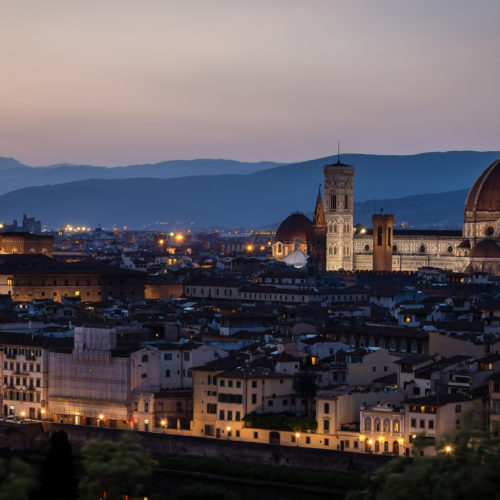
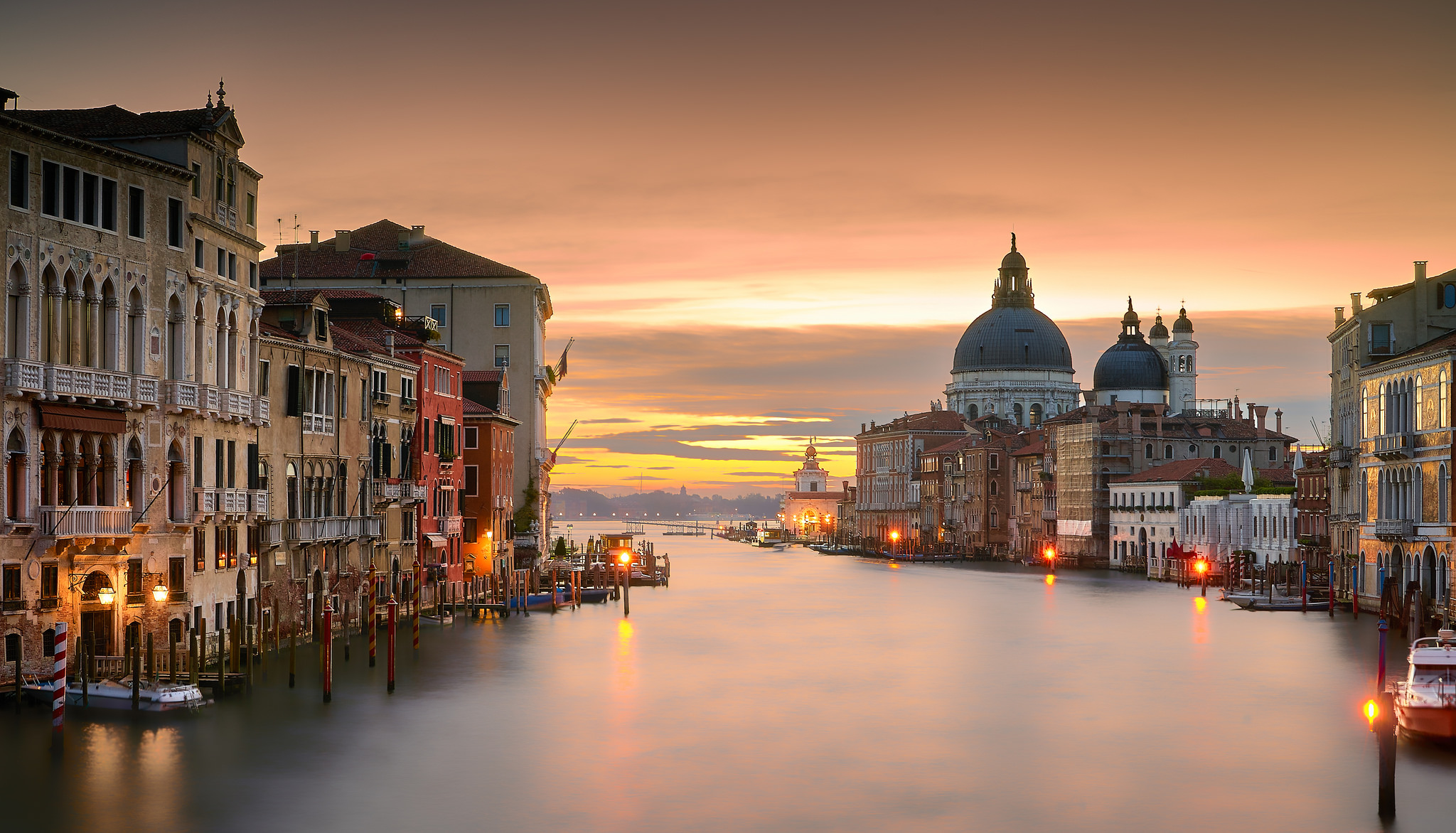
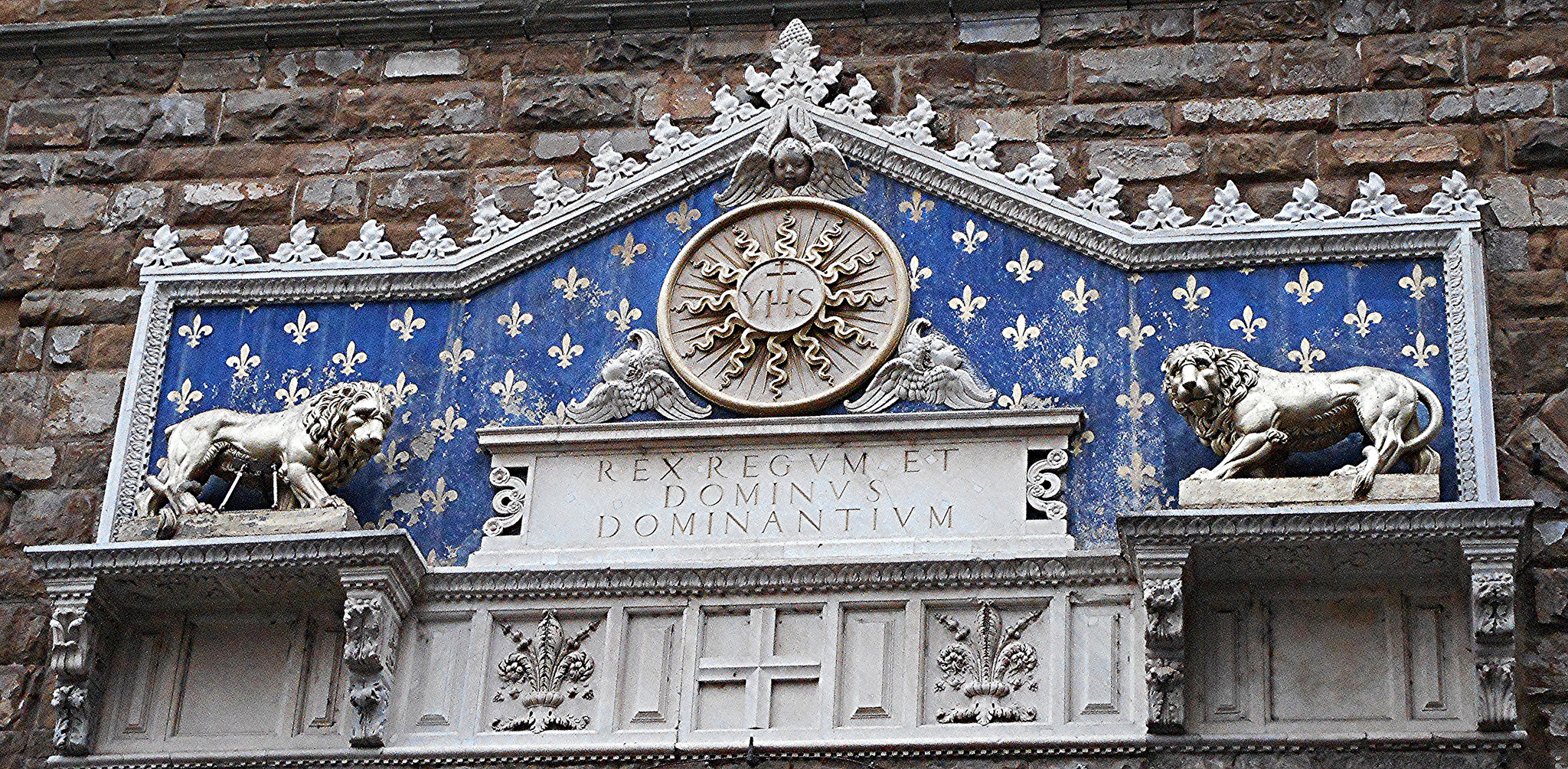

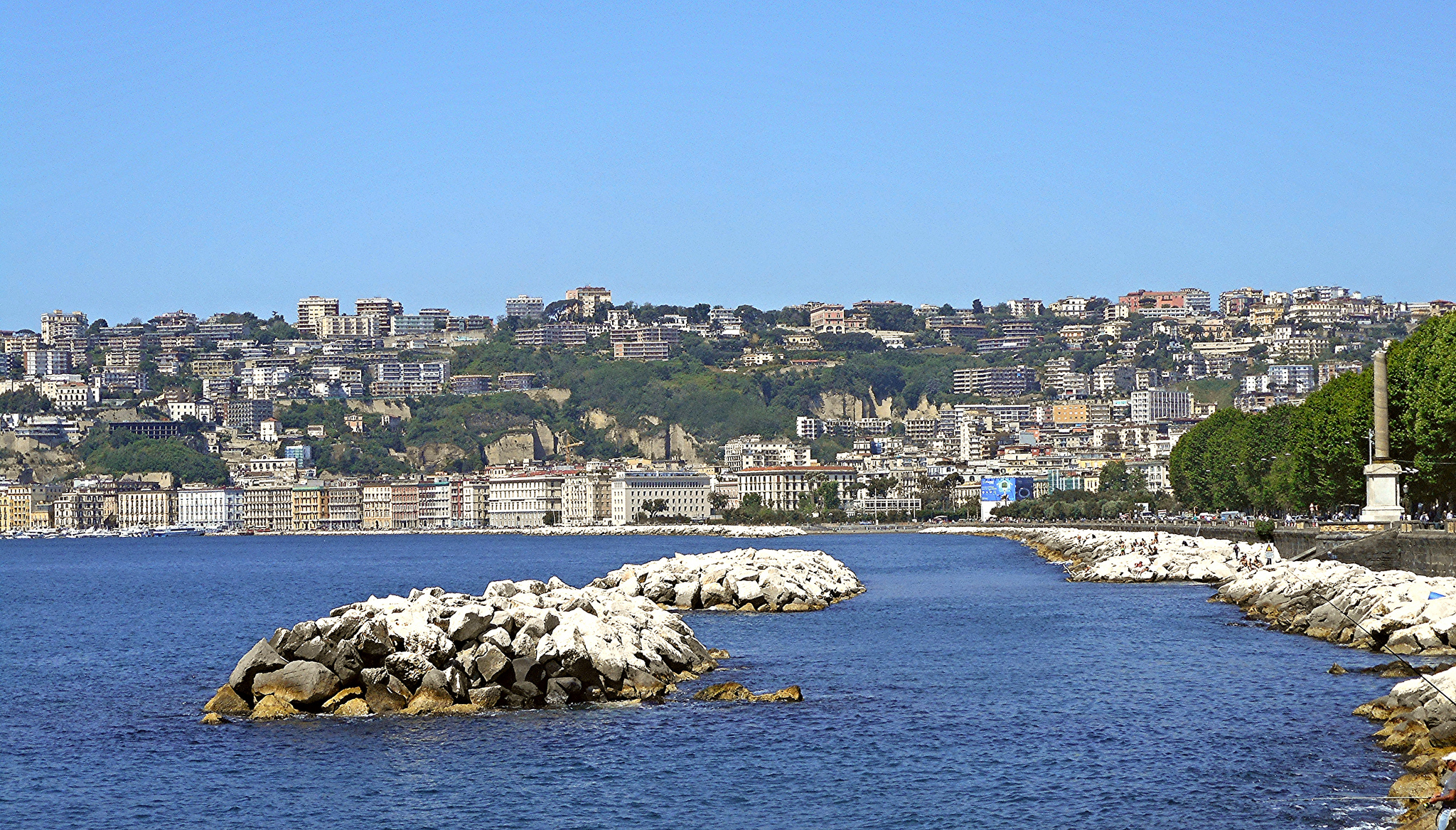
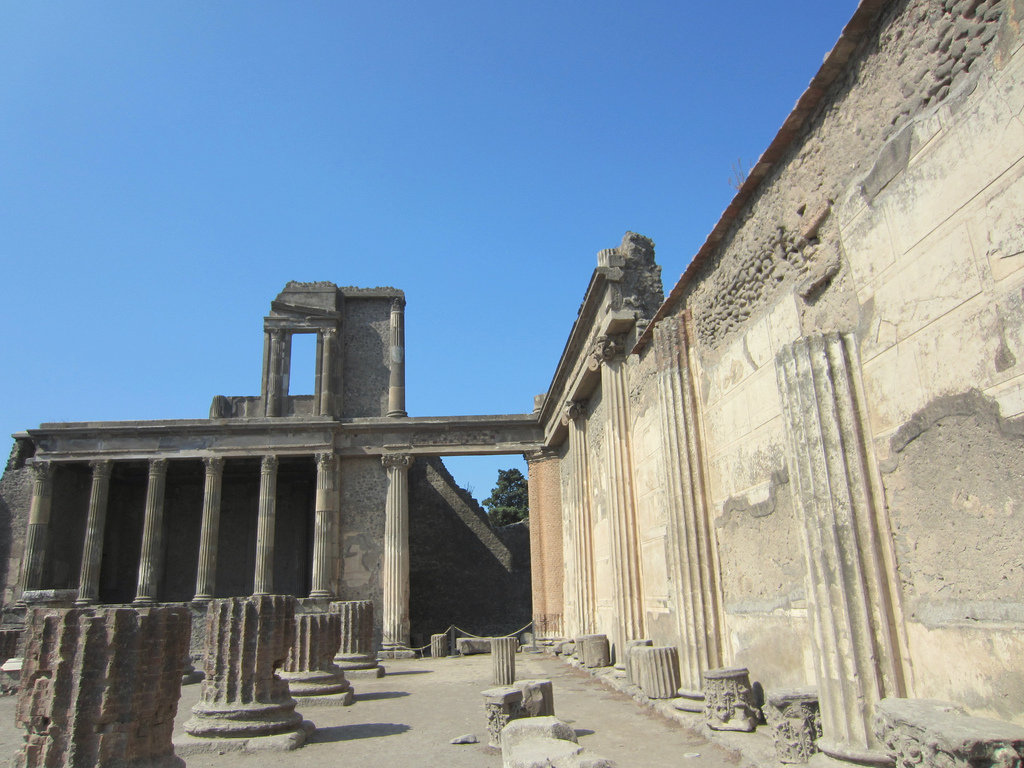
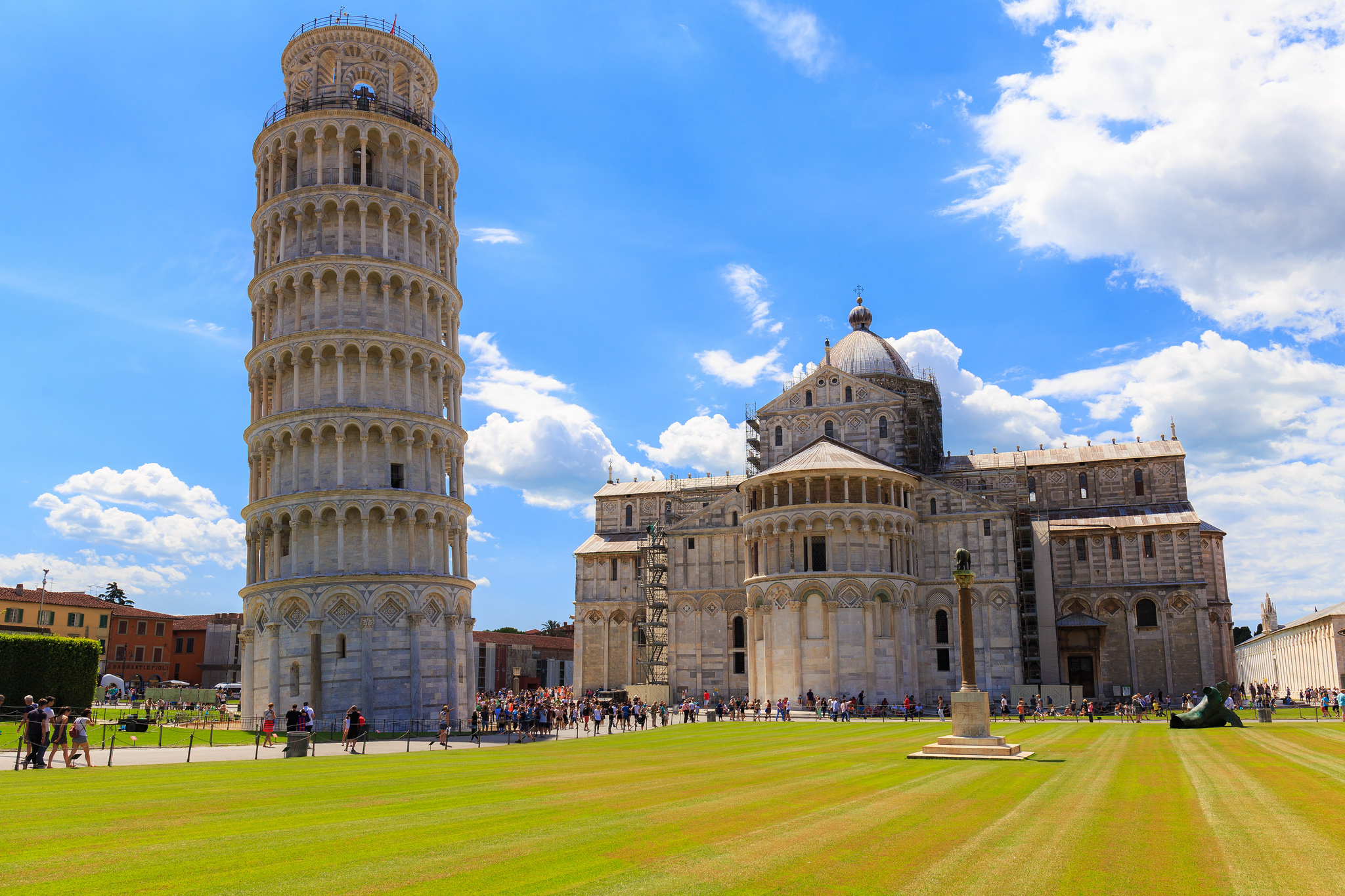
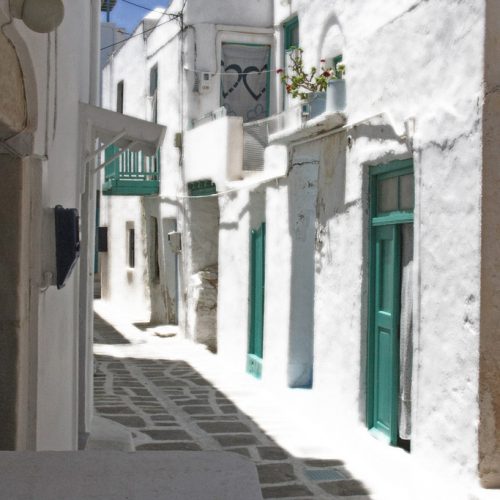
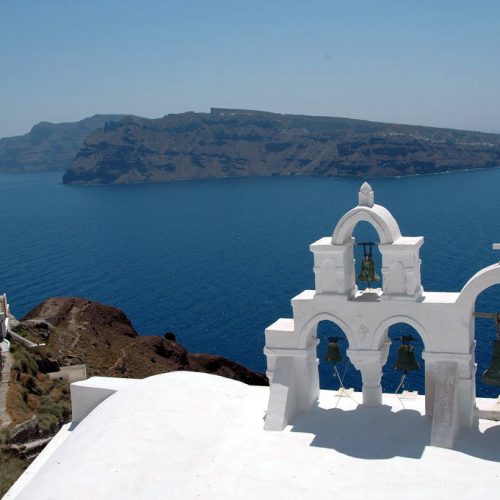
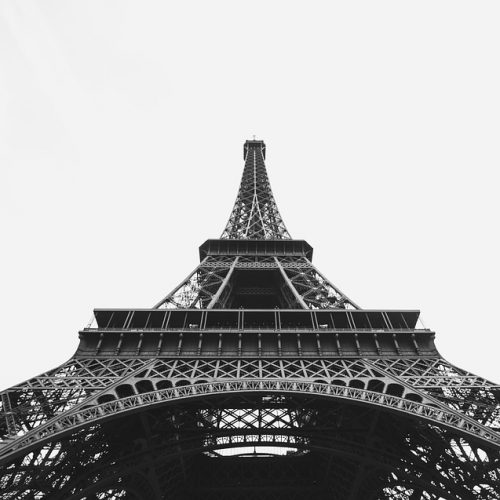
Reviews
There are no reviews yet.